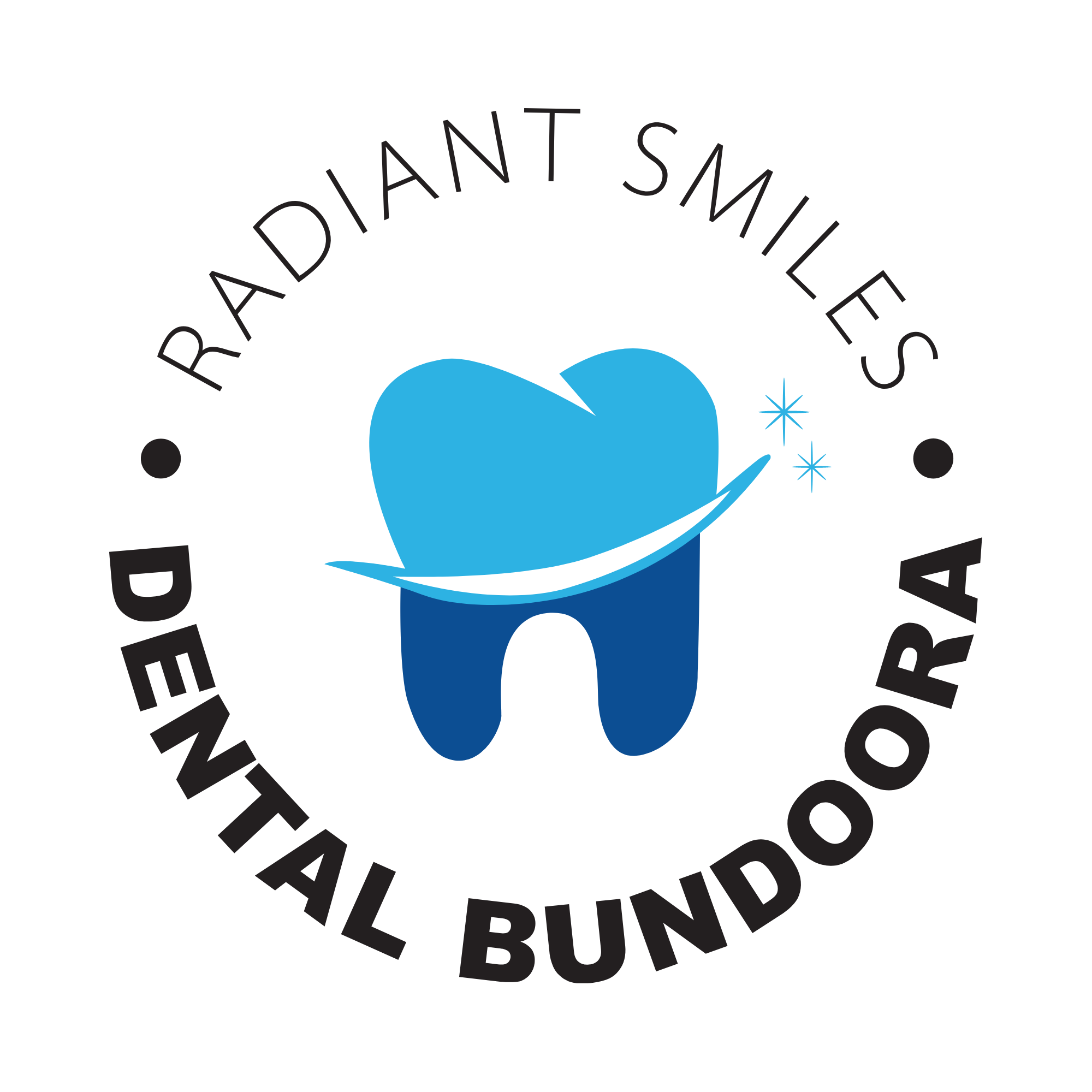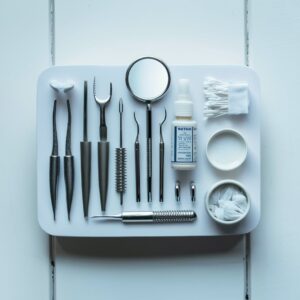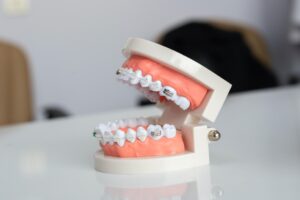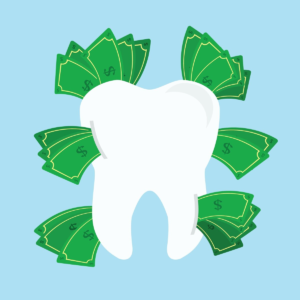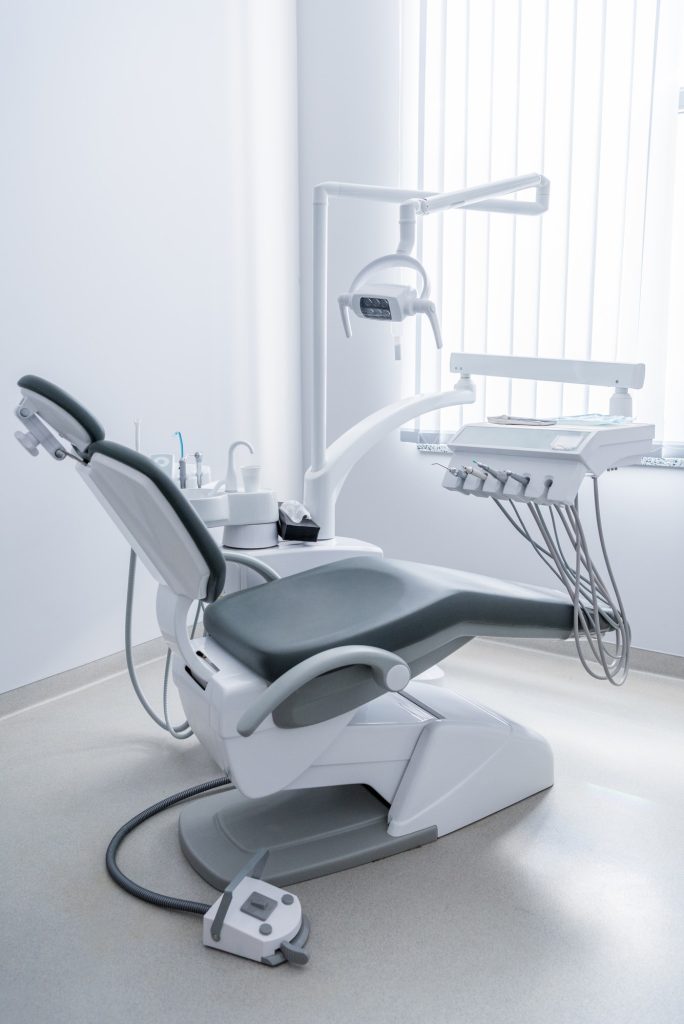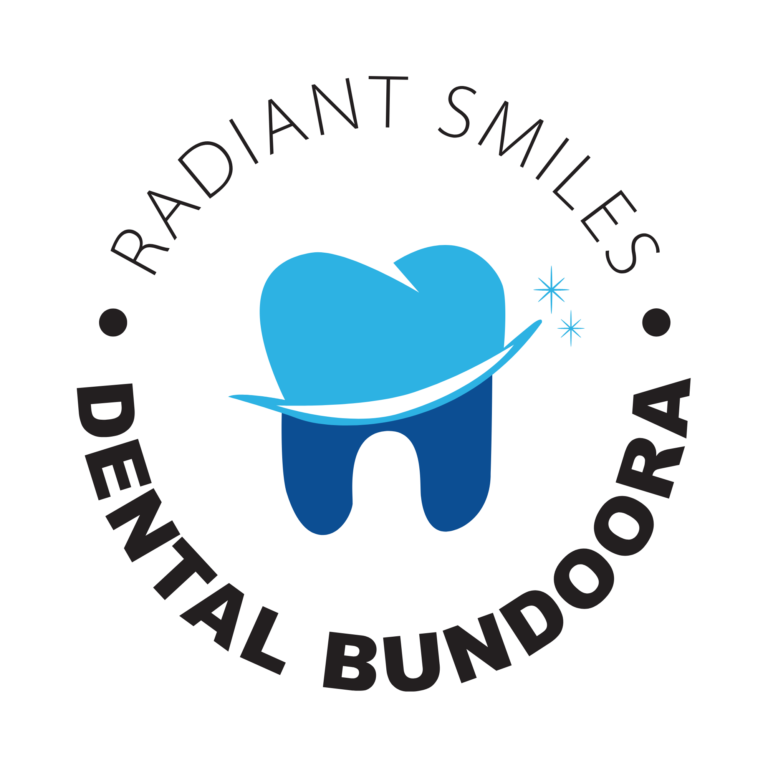A cracked tooth can bring about several different dental problems. A cavity in the affected area is one of the most common issues among them. This cavity must be addressed as soon as possible, as it can cause discomfort, pain and even infection.
Although a cracked tooth can be difficult to treat, there are effective measures that can help cure a cavity in it. Let’s explore how tooth decay can lead to a cracked tooth and remedies.
How a Cavity Can Lead to a Cracked Tooth Syndrome
Dental issues can be a real pain, both figuratively and literally. Cavities are a common problem that can be addressed promptly, but if left unchecked, they can cause more damage than you think. One of the most serious repercussions of an untreated cavity is tooth cracks. Here’s how a hairline crack appears after significant decay.
Decay Weakens the Tooth Enamel
First, it is important to understand that a cavity affects the outer enamel. When decay sets in, it slowly eats away the enamel, making it weaker. Since teeth are subjected to constant biting pressure and force, the tooth’s surface that is already weakened can crack or break under stress. Once the enamel has been compromised, the tooth becomes more vulnerable to further decay, leading to greater structural damage.
Bacteria and Infection
Cavities don’t just affect the enamel. When left untreated, the bacteria that induced the cavity can spread deeper into the tooth, all the way to the pulp. This effectively infects the tooth, which can cause both pain and more severe damage, like a crack or a break.
This is because the infection can cause the tooth’s interior to shrink, making the tooth more brittle and prone to breakage. If this occurs, you may require a tooth extraction or more extensive treatment, such as root canal treatment.
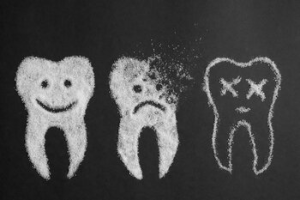 Pressure from Dental Fillings
Pressure from Dental Fillings
Another way that cavities can lead to cracked teeth is through a process known as “wedging.” When a dentist fills a tooth with dental materials, these materials can create additional pressure on the tooth.
Over time, this constant pressure can cause the tooth to crack or break. While rare, it is still an important consideration. In cases where the filling has been wedged in too tightly, it may need to be adjusted to protect the tooth.
Body Weight
Weight can also influence the likelihood of a cracked tooth. Or rather, the way a person chews food may change as a result of weight gain or weight loss, which can affect tooth damage. If a person gains a significant amount of weight, they might use more force when biting down on food, which can cause a tooth to crack or break.
On the other hand, if a person loses a lot of weight, they may also be at risk because their bite and chewing patterns may be different than before.
Management and Prevention
Lastly, you must visit your dentist regularly to prevent cavities from leading to a cracked tooth. Dental check-ups can allow your dentist to check for any small cavities that may form. This is because prevention is key.
Filling and restoring a tooth as early as possible can help restore it to its natural shape and size and prevent further decay. Moreover, maintaining good oral hygiene can prevent decay and other dental issues.
Causes of cavities in cracked teeth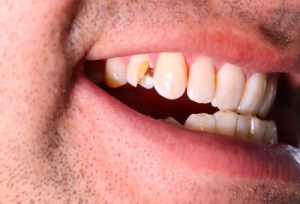
Dental decay, also known as cavities, is a common oral health problem that affects people of all ages. Dental decay is largely preventable despite its prevalence through proper oral hygiene practices and routine dental check-ups.
Understanding the causes of dental decay is essential in preventing and managing this condition. Here are some of the causes of cavities.
Poor oral hygiene
One of the primary causes of dental decay is poor oral hygiene. When plaque – a sticky film of bacteria – builds up on the gum line or teeth, it produces acid that can erode tooth enamel and cause decay.
Brushing and flossing twice daily and using mouthwash can help remove plaque and prevent dental decay. If left untreated, plaque can harden into tartar, which a dental professional can only remove.
Sugar and carbohydrates
Foods with high sugar and carbohydrate content can contribute to dental decay. When sugar and carbs are present, the bacteria in plaque produce more acid, weakening tooth enamel and leading to decay. Limit your sugary and carbohydrate-rich foods intake to reduce your risk, and opt for healthier alternatives like fruits, vegetables, and whole grains.
Acidic foods and drinks
Acidic foods and drinks like tomatoes, fruits containing citrus and carbonated beverages can also contribute to dental decay by eroding tooth enamel. While avoiding these foods altogether is unnecessary, it’s best to consume them in moderation and rinse your mouth with water afterwards to help neutralise the acid.
Dry mouth
Saliva protects teeth from decay by neutralising acid and washing away food particles and bacteria. If you have a dry mouth – also known as xerostomia – you may be at a higher risk for dental decay. A dry mouth can be caused by medications, certain medical conditions, or simply ageing.
Genetics
While proper oral hygiene practices and a healthy diet can significantly reduce your risk of dental decay, genetics may also play a role. Some people are more susceptible to decay than others due to their genetic makeup.
If you have a family dental history of tooth decay, taking preventive measures like oral hygiene and regular dental check-ups is especially important.
Common Reason for Cracked Teeth
Playing sports is an excellent way to stay active and healthy, but with any physical activity comes the risk of injury. Unfortunately, a severe injury can sometimes result in a cracked tooth. Vertical root fractures, particularly, can occur when a tooth is subject to excessive force, such as a blow to the face during a game.
If you notice tooth pain or sensitivity after a sports injury, it’s important to seek professional dental attention immediately. In the meantime, an ice pack can help reduce swelling and discomfort. Remember, early detection and treatment can make all the difference in preserving the health of your teeth.
Does cracked tooth syndrome activate because of cavities?
Cracked tooth syndrome is a painful condition that occurs when a tooth fracture extends into the middle layer, exposing the tooth’s nerves and blood vessels and causing discomfort. Various factors can cause cracked tooth syndrome, and while cavities can be one of them, it is not always the case.
Symptoms of cavities in cracked teeth
There are various indications and symptoms that you have a cracked tooth. The biggest indication is that a cracked tooth hurts a lot. However, if the pain is inconsistent, it gets challenging to determine the cause of the ache.
Additionally, tooth sensitivity to hot or cold drinks, discomfort in the mouth, severe pain when biting hard foods, swollen gums and glands, and headaches can also indicate a cracked tooth. Consulting a dentist as soon as possible is crucial to relieve symptoms and prevent further damage to the tooth or tooth loss.
Cracked tooth treatments
Here are some ways to treat a cracked tooth caused by dental decay or cavity.
Wear a Mouthguard
If you participate in any high-contact sports or have a teeth-grinding habit, it may cause a cracked tooth. Wearing a custom mouthguard can help protect your teeth from impacts and prevent tooth cracks due to clenching and grinding.
Try Dental Implants
Dental implants are an effective solution to treat a decay-induced cracked tooth, particularly when the broken molar has affected the tooth pulp or caused bone loss. The process involves inserting a metal post into the upper or lower jaw bone, fusing with the bone to create a stable base for a prosthetic tooth.
This approach minimises the risk of future decay or gum disease while preserving your smile’s appearance and function. While craze lines and other minor tooth cracks can often be treated with less invasive methods, a dental implant may be the best course of action for more significant damage, especially if the crack extends to multiple teeth.
Dental Filling
A cracked tooth can be a painful and concerning situation, but a dental filling made from plastic resin is a common and effective solution. By filling in the damaged area of the tooth, the chewing surface can be restored, and pain can be alleviated.
Without proper treatment, the decay in a cracked tooth can cause further damage and possibly require a root canal or even the removal of the entire tooth. It’s important to address a cracked tooth as soon as possible to prevent damage to the surrounding bone and ensure optimal oral health.
Conclusion
A cracked tooth with a cavity can be a painful and uncomfortable dental problem. However, with proper care and attention, it can be cured effectively. To do this, it is essential to assess the severity of the crack and use the appropriate treatment.
If you require treatment for tooth fractures or chipped teeth, visit the Radiant Smiles Dental Group dentist’s office. We provide broken tooth repair and many more dental treatments. Contact us today at (03) 9000 0537 to book an appointment.
References:
https://www.mayoclinic.org/diseases-conditions/cavities/symptoms-causes/syc-20352892#:~:text=Cavities%20and%20tooth%20decay%20are,deeper%20layers%20of%20your%20teeth.
https://my.clevelandclinic.org/health/diseases/10946-cavities
https://dentistry.uic.edu/news-stories/5-amazingly-simple-things-you-can-do-to-prevent-cavities/
https://www.cdc.gov/oralhealth/fast-facts/cavities/index.html
 Now
Now